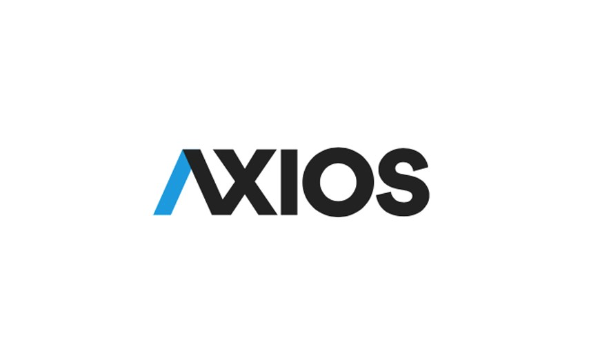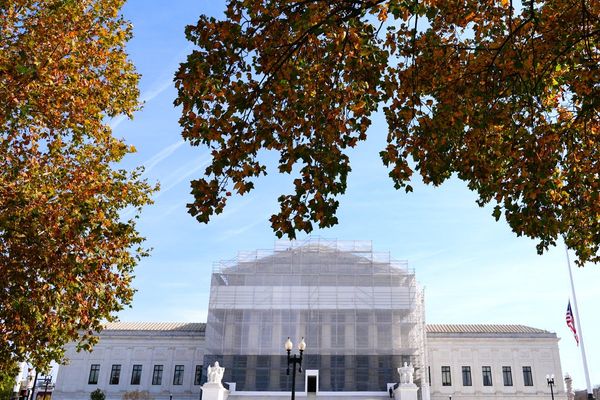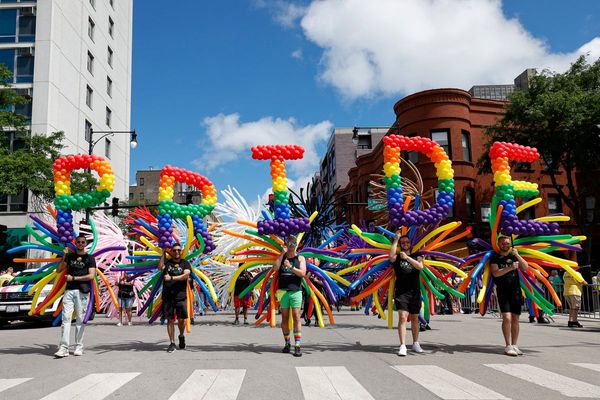It's hard to believe that two years into this pandemic, we're having to repeat this: Schools must get kids back into the classroom. The continued disruptions have proven damaging to students and their families, and at this point, the learning gaps will be difficult to erase.
Some districts in Michigan, including the state's largest in Detroit, have refused to let their students return following their winter break. The Detroit Public Schools Community District, which has 50,000 students, has remained closed all month and claims it will reopen Monday. Flint schools, on the other hand, are shuttered indefinitely.
That's despite schools here getting $6 billion from federal COVID bills, with high-poverty schools like Detroit and Flint getting the biggest influx. Flint schools received $40,000 per child, and Detroit got at least $24,000.
The excuse this time is the omicron variant, but top health experts have maintained that schools have the tools they need to open safely — and a lot of money.
Plus, the negative effects of keeping children out of schools — to both their academic and mental health — far outweigh the risks they may encounter in class.
Earlier this month, Dr. Anthony Fauci, President Joe Biden's chief medical adviser, put it this way: " ... it's safe enough to get those kids back to school, balanced against the deleterious effects of keeping them out."
Gov. Gretchen Whitmer has also started paying lip service to getting all schools open. She's said she has had conversations with legislative leaders about how to make this happen. But she has stopped short of making a firm call to open schools. It's time she did that.
Even Biden, who most of last year let teachers unions call the shots on keeping schools closed, has become an advocate for in-person learning. He points to the $140 billion in federal aid schools received last year for safety measures and testing.
"We know that our kids can be safe when in school," he said this month. "I believe schools should remain open. They have what they need."
The White House has said 96% of schools are open as of this month, compared with less than 50% a year ago. That's good progress.
So what's going on in Michigan?
The most maddening thing is the students in these districts that remain closed — serving largely minority, low-income families — can least afford to be barred from classrooms.
Study after study has shown the negative effects of remote learning during COVID, and that impact is most pronounced with students who were already behind. Chronic absenteeism also spiked to nearly 70% in Detroit during switches to remote learning — meaning not much "learning" was going on.
One year ago, DPSCD Superintendent Nikolai Vitti told us that "online learning at scale is not how our children learn."
That's just as true today. And with more tools and money to keep kids and staff safe, schools have run out of excuses to keep children from the classroom.







